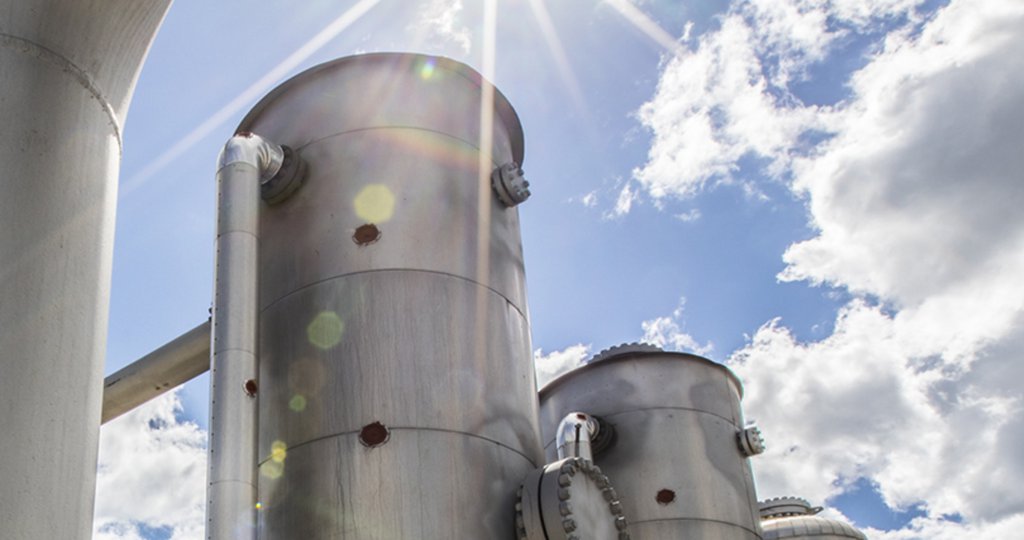

Originally authored by Carter Haydu in the Daily Oil Bulletin and reposted with permission: YPAC Webinar Looks At What The Past Can Say About The Future | Daily Oil Bulletin
Among the main issues facing the energy sector and environmental movement is “very polarized media,” says Aaron Foyer, executive director of ENERGYminute, with one side only discussing the benefits of oil and gas, and the other only discussing the benefits of renewables, leading to an overall ill-informed general public.
“When you break it down to what the story is [actually] saying, the largest reduction of emissions in human history came as a result of both fracking and renewable energy,” he told a Young Pipeliners Association of Canada (YPAC) webinar on energy transition on Thursday, speaking to U.S. emissions reductions in recent years. “Here, the picture is crystal clear, and the breakdown between emissions reduced by both renewables and natural gas is about 50/50.
“And so, if we’re only getting half the picture, then it’s really difficult for people to be able to make constructive dialogues in how to make good policy.”
During his YPAC presentation, the ENERGYminute co-founder highlighted the United States success in reducing its annual emissions over the past decade. The U.S. accomplished this unprecedented feat via the country’s significant reduction in coal-fired power plants.
“It’s down pretty close to 50 per cent, and it has been offset primarily by two things. One is renewables. And so, [the U.S.] has been a large investor in renewable energy, they’ve been consistent over the last 10 years, and regularly they spend about 20 per cent of the global investment on renewables.”
He added: “The second part of the coal reduction was from hydraulic fracturing, or fracking. Really, this has allowed the country to liberate vast amounts of natural gas, which it is using to reduce its coal-fired power plants.”
Renewables backtrack
For every energy transition up to the present, according to Foyer, there has been massive increase in energy density from what preceded. For example, when coal replaced biomass, it packed a lot more energy in the same unit of weight. The same has been true when comparing oil and gas to coal. However, the current transition is different.
“What’s interesting about what’s coming up next, especially with renewables, is you’re actually going backwards,” he said, adding solar, geothermal and wind provide less energy per unit than fossil fuels, but society will accept this loss for environmental reasons. “That is one reason why we’re looking at a slower adoption [of renewables]. It’s because it is not natural. People aren’t racing out to do it because it’s better, but because it’s less harmful.”
Renewables have similar properties to natural gas in terms of electricity, noted Foyer, although renewables are far more localized than are fossil fuels. “A solar field in Saudi Arabia helps nearby countries, whereas an oilfield in Saudi Arabia obviously can help everybody.”
While some might think uptake of renewables, which currently make up about five per cent of global energy, will not be as aggressive as were transitions to coal or oil, he added, it is key to note the “revolution for renewables” likely will not be limited to market forces. “This will be a revolution for the people, by the people. Governments across the world are going to come in and enact strict, tight policies so countries hit their agreements in the Paris Agreement.”
Future role for pipeliners
Fortunately, for YPAC members, even with the transition to low-carbon energy there will be an ongoing need for pipelines, Foyer told the webinar. For one, he said, natural gas likely will remain an important part of the global energy mix for a long time.
“You’re probably going to see hydrogen [as well], and for that you’re going to need to move it. I imagine that our industry will probably produce more hydrogen in the future, and you’ll need a way to move that just as we’re already moving natural gas and oil.”
He added: “I see the benefits of already having that skillset existing in Alberta and in Canada, because you’ll still need it for oil and gas, and then in the future there’ll be other uses for it as well.”